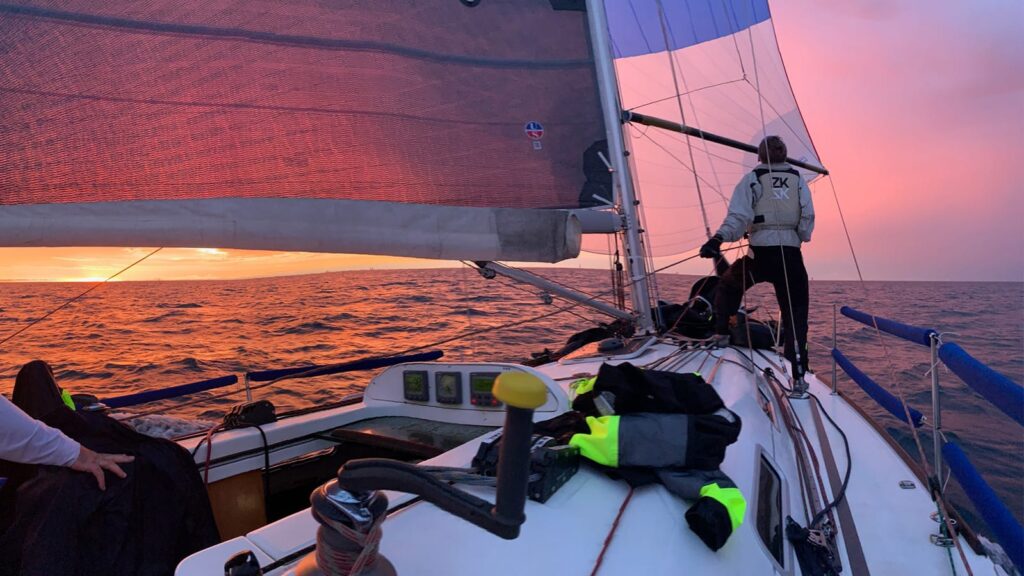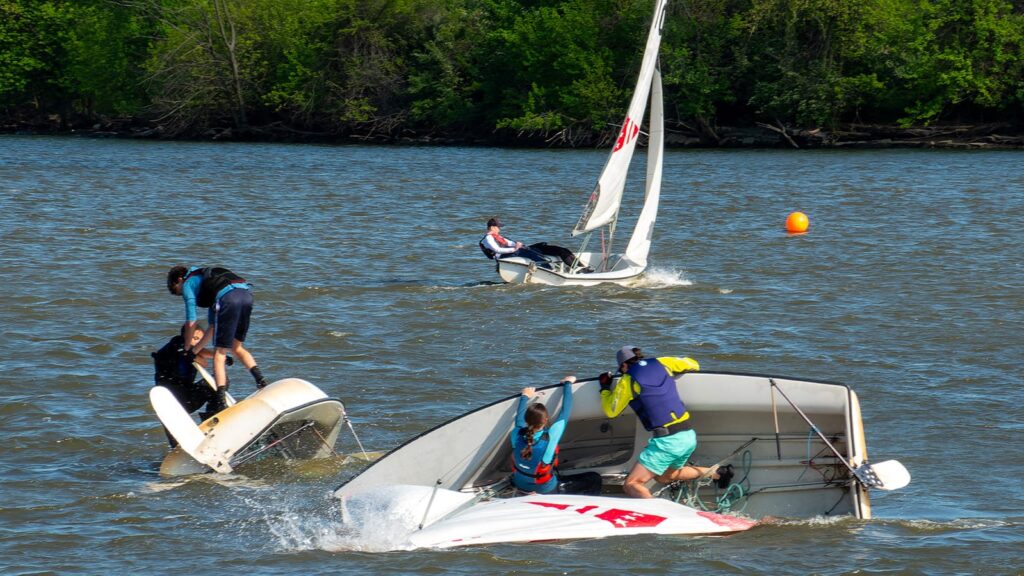So you are ready for the big bareboat sailing vacation. All of your certifications are in order and you cannot wait to toss the lines, raise the sails and embark on a sailing vacation where you are the captain.
That is the ultimate goal of the American Sailing Association, to get sailors out on the water sailing safely and confidently in all conditions. A great charter experience is truly the reward of a superior sailing education.
So before you go, take a look at a few of our last minute tips to keep in mind as you set off for your dream trip.
- Navigation
When planning an itinerary study the nautical charts for your cruising area ahead of time. Plot out some navigable legs and distances to check whether your itinerary choices are realistic.
- Sunset
Remember the sunset rule: If it’s 3 hours to sunset, you have 13 miles to go, and you can sail at only 4 knots, turn on the motor.
- Plan B
Even trade winds are not always reliable, so for every plan you make, make sure you also have a backup plan.
- Keep Everyone Happy
Sailing with children? Two and three-hour sailing legs are long enough. Beach activities as well as snorkeling and paddling are pretty important to the little ones. Make it fun for everyone.
- Provision Correctly
When provisioning, consider everyone’s dietary needs and verify that, if the charter company is providing items, they are on the boat and complete. It does not hurt to draw up a list of items and where they are stored onboard.
- Buy Local
Depending on where you are chartering, a specialty store might be found to supplement the items you already have onboard. Consider a stop or two for special items that can only be found at some of the spots on your itinerary.
- Be Moneywise
When traveling abroad, verify with your bank that your credit cards and debit cards will work in your cruising area. Also, keep enough cash on hand to get you through a few days just in case ATM machines and credit card machines are not functional.
- Don’t run out of food
Make sure that you have enough food onboard for the entire trip even if you plan on eating and drinking on shore. Always consider the number of drinks before you leave the docks. After all, you do need to stay hydrated.
- Plan a Data Plan
Your phone may work in your cruising destination but your roaming charges might be excessive. Check with your carrier to make sure you have an international plan available for calls and internet service. Also, designate one phone to be used for data usage such as hotspots and checking emails. This cuts down on costs and allows you to manage data usage while abroad.
- Get a Drybag
You need a drybag. You don’t want to drop your documents in the water or lose your cellphone to the ocean. A good drybag will allow you to carry a change of clothes for a swim to a beach and will also keep your things dry on a long dinghy ride.
- Conserve Water
Explain water usage on the boat and impart the importance of conserving fresh water. While your charter company will give you options to fill up the tanks, adding another stop on a sailing leg can prove to be inconvenient. Unless you have a watermaker, in that case, waste all you want, you can just make more.









